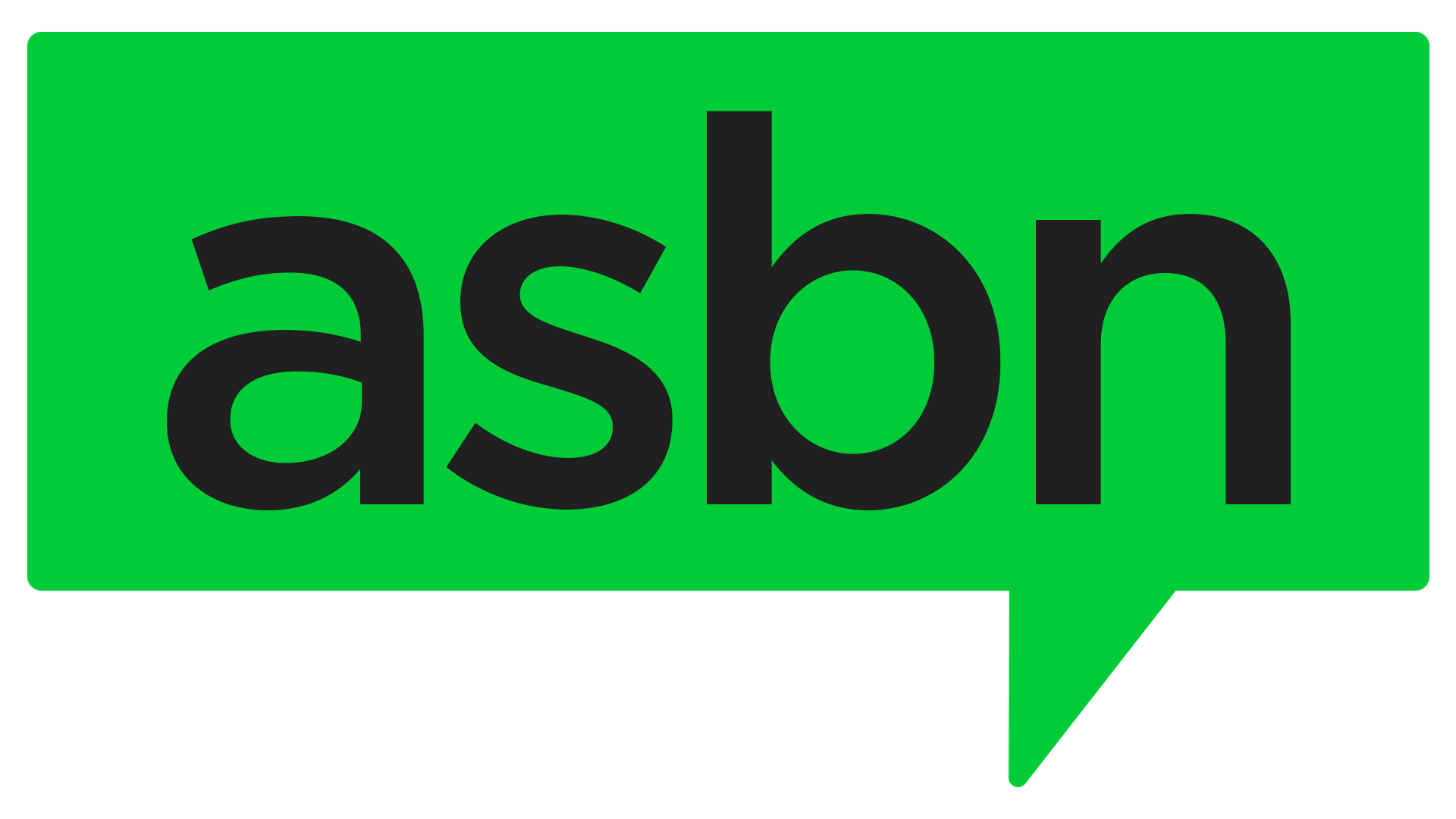A growing number of small businesses are embracing generative AI (GenAI) solutions to boost growth, improve productivity, and ultimately, increase profitability. In today’s episode of The Small Business Show, Nich Tremper, senior economist at Gusto, unpacks what’s behind the acceleration and how small business owners can incorporate it into their daily operations.
Gusto’s recent report uncovered that small businesses that incorporate artificial intelligence into their daily operations are becoming more agile and gaining a slight edge over their competitors.
The report found that more than half (57%) of all small business are experimenting with GenAI. 22% of small business that have adopted GenAI use it regularly.
Of those small businesses that use GenAI regularly:
- 80% report productivity increases of 20% or more.
- 40% experienced revenue gains of 20% or more.
Most small businesses (80%) use GenAI as a tool to generate content, brainstorm ideas and complete writing tasks.
Some small businesses are beginning to push the boundaries with GenAI and incorporate it into higher-stakes operations, such as customer communications.
For small business owners who are looking to incorporate GenAI into their daily operations, it’s essential to determine how and when to use GenAI. By clearly outlining appropriate use-cases, employers will be able to create an AI policy that more effectively communicates expectations to employees. The level of AI use will vary greatly depending on the level of comfort and the industry.
"AI is becoming integrated in the way we work right now, and it's just going to grow as we move further and further into the future."
It’s also essential to encourage more employees to use AI. Businesses that allow their employees to use GenAI find it easier to recruit and retain talent. Additionally, leadership tends to be more satisfied with employee performance and efficiency.
Training the GenAI model
To obtain the maximum benefit from generative AI, it’s critical to train the model. The more context provided to the machine, the better answers it will produce.
Great contextual information to provide: background information about the business, the business’s ideal customer, common customer pain points and how the organization seeks to address customers’ needs.
Consistently provide machine feedback, similar to an entry-level employee, to encourage it to move on the right path and generate better and more useful answers.
Navigating an AI-driven future
There have been many individuals who have eagerly adopted AI, and others who are wary. More often than not, this hesitation stems from a place of misguided fear that GenAI’s capabilities devalue their work and may replace them.
However, this is a far cry from the truth. Although AI has astounding capabilities, there is–—and always will be—a need for human expertise to guide it in the right direction. AI is simply a tool that boosts efficiency and maximizes human expertise.
In fact, 95% of small businesses are not reducing their workforce when implementing generative AI. Instead, they are training and upskilling their teams for the jobs of the future.
Small business owners who embrace generative AI today are positioning themselves for lasting success. Those already using it are reporting measurable gains in productivity and revenue, an undeniable validation that the technology is more than just a passing trend. With clear policies, thoughtful training, and a willingness to experiment, AI can become a trusted partner in driving growth. The businesses that act now will set the standard for innovation in their industries.
The question is no longer if AI will transform small business, but how quickly organizations will move to make it a core part of their operations.


 ASBN, from startup to success, we are your go-to resource for small business news, expert advice, information, and event coverage.
ASBN, from startup to success, we are your go-to resource for small business news, expert advice, information, and event coverage.